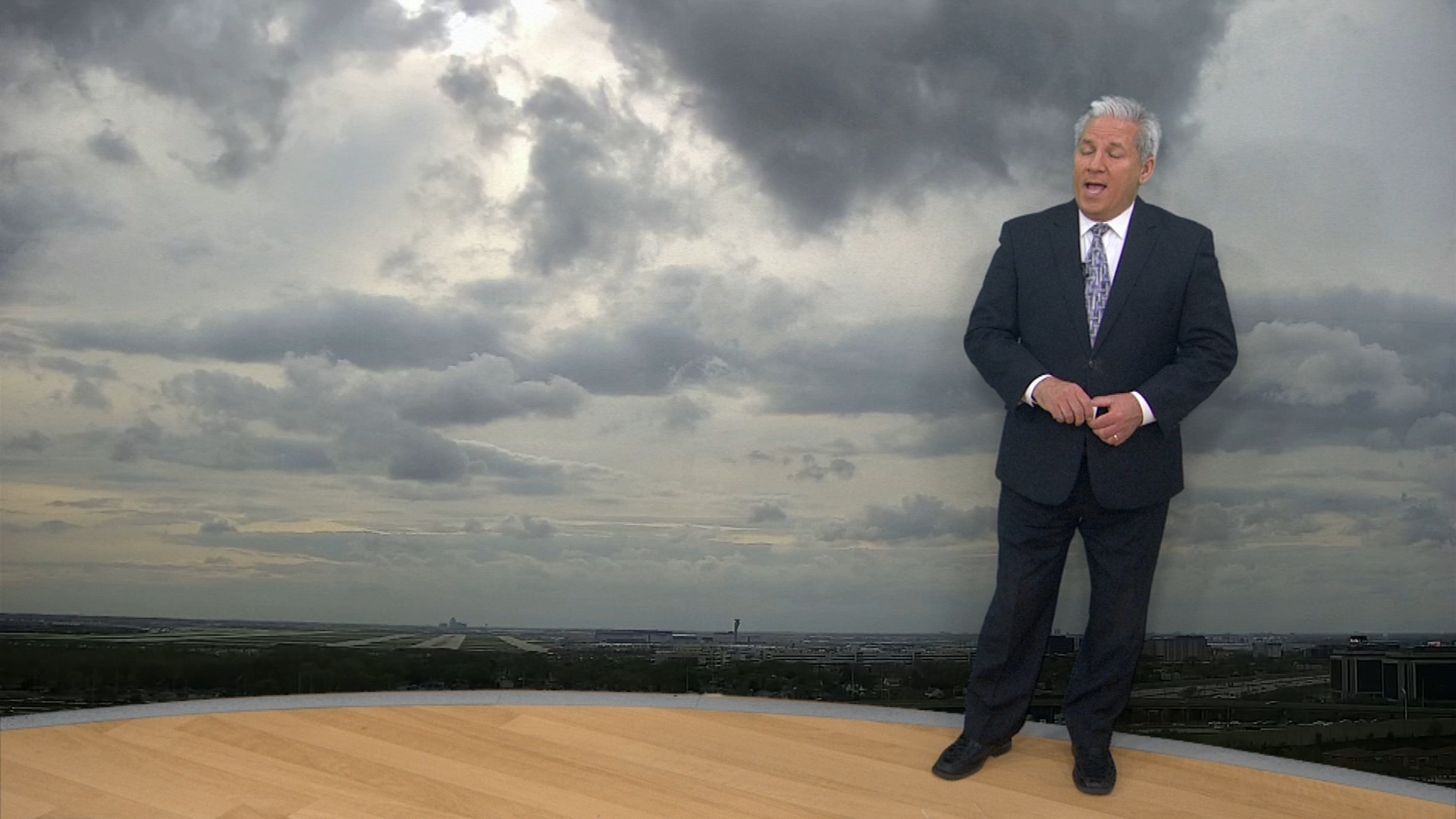First comes the Pumpkin Spice Lattes -- next comes the time change.
As the Illinois time change for 2023 and residents prepare to turn their clocks back, here's what to know about daylight saving time, sunset times and more.
When do we change our clocks?
Under federal law, daylight saving time begins on the second Sunday in March, and runs through the first Sunday of November in most of the United States.
Feeling out of the loop? We'll catch you up on the Chicago news you need to know. Sign up for the weekly Chicago Catch-Up newsletter here.
This year, that date falls on Nov. 5, with clocks rolling back one hour at 2 a.m. that morning.
Even before that, Chicago will see its first sunset before 7 p.m., according to the site Time and Date. By Sept. 23, the city will be receiving less than 12 hours of daily sunlight.
What is daylight saving time?
Local
Daylight saving time is a changing of the clocks that typically begins in spring and ends in fall in what is often referred to as "spring forward" and "fall back."
Under the conditions of the Energy Policy Act of 2005, daylight saving time starts on the second Sunday in March and ends on the first Sunday in November.
On those days, clocks either shift forward or backward one hour.
But it wasn't always that way.
Clocks used to spring ahead on the first Sunday in April and remained that way until the final Sunday in October, but a change was put in place in part to allow children to trick-or-treat in more daylight.
In the United States, daylight saving time lasts for a total of 34 weeks, running from early-to-mid March to the beginning of November in states that observe it.
Some people like to credit Benjamin Franklin as the inventor of daylight saving time when he wrote in a 1784 essay about saving candles and saying, "Early to bed, early to rise makes a man healthy, wealthy and wise." But that was meant more as satire than a serious consideration.
Germany was the first to adopt daylight saving time on May 1, 1916, during World War I as a way to conserve fuel. The rest of Europe followed soon after.
The United States didn't adopt daylight saving time until March 19, 1918. It was unpopular and abolished after World War I.
On Feb. 9, 1942, Franklin Roosevelt instituted a year-round daylight saving time, which he called "wartime." This lasted until Sept. 30, 1945.
Daylight saving time didn't become standard in the US until the passage of the Uniform Time Act of 1966, which mandated standard time across the country within established time zones. It stated that clocks would advance one hour at 2 a.m. on the last Sunday in April and turn back one hour at 2 a.m. on the last Sunday in October.
States could still exempt themselves from daylight saving time, as long as the entire state did so. In the 1970s, due to the 1973 oil embargo, Congress enacted a trial period of year-round daylight saving time from January 1974 to April 1975 in order to conserve energy.
When will DST resume?
In 2024, daylight saving time will take an extra day to return thanks to the leap year, and will resume on March 10, with clocks springing forward.
Which states observe daylight saving time?
Nearly every U.S. state observes daylight saving time, with the exceptions of Arizona (although some Native American tribes do observe DST in their territories) and Hawaii. U.S. territories, including Puerto Rico, American Samoa, Guam and the U.S. Virgin Islands, do not observe daylight saving time.
When does fall 2023 begin?
Although meteorological fall began on Sept. 1, the autumnal equinox -- or astronomical fall -- is Sept. 23.
"The autumnal equinox is an astronomical event that marks the start of autumn (or “fall”)," a post from the Old Farmers Almanac said. "In the Northern Hemisphere, the autumnal equinox occurs in September; in the Southern Hemisphere, it occurs in March."
"After the autumnal equinox, days become shorter than nights as the Sun continues to rise later and nightfall arrives earlier," the post continued. "This ends with the winter solstice, after which days start to grow longer once again."
When will the leaves change color?
According to the National Weather Service, some trees across central parts of Illinois begin to change colors in late September, with colors peaking in mid October to early November.
However, "peak fall foliage" may be shortened due to year-long drought conditions, as drier leaves fall from trees faster than those with some moisture content.
Although the length depends on the region, peak fall foliage typically lasts between two and four weeks. That time may be cut in half this year due to dry conditions, the NBC 5 Storm Team said.
For those that are planning a trip to see fall colors, moving up the timeline of the trip could be your best bet at seeing the best natural beauty of the season.



